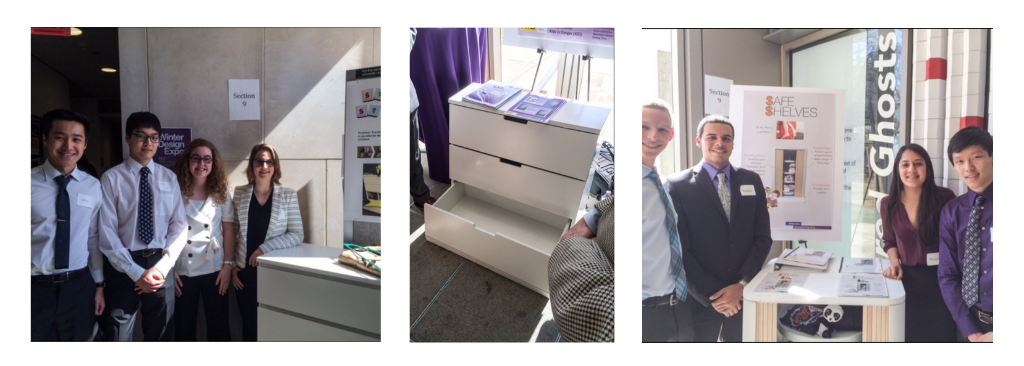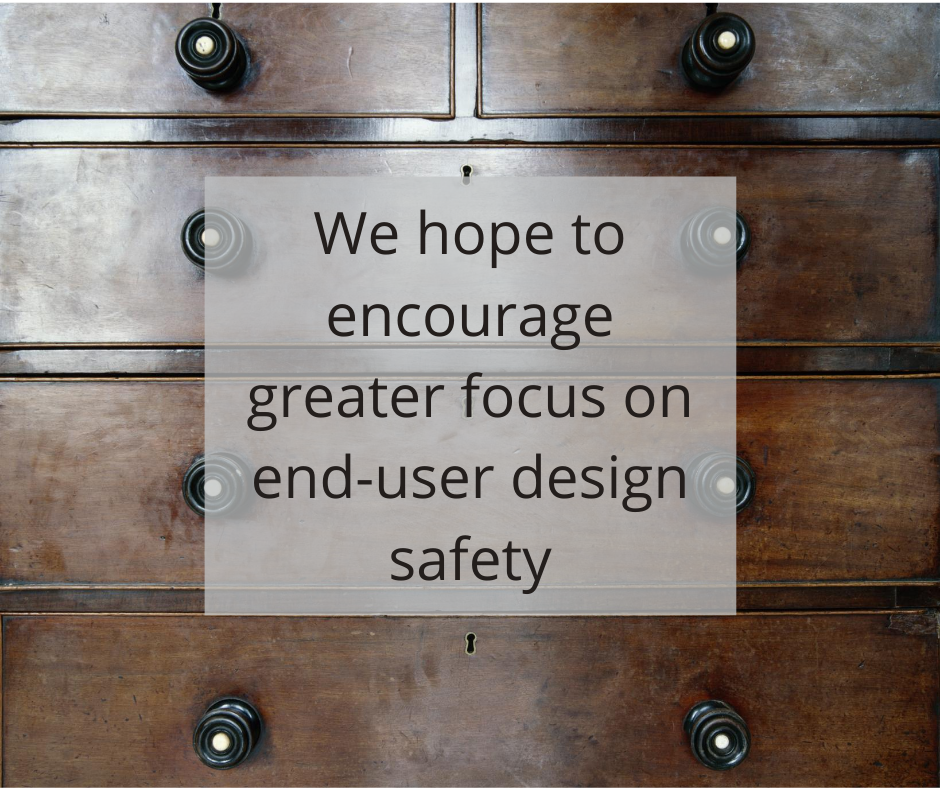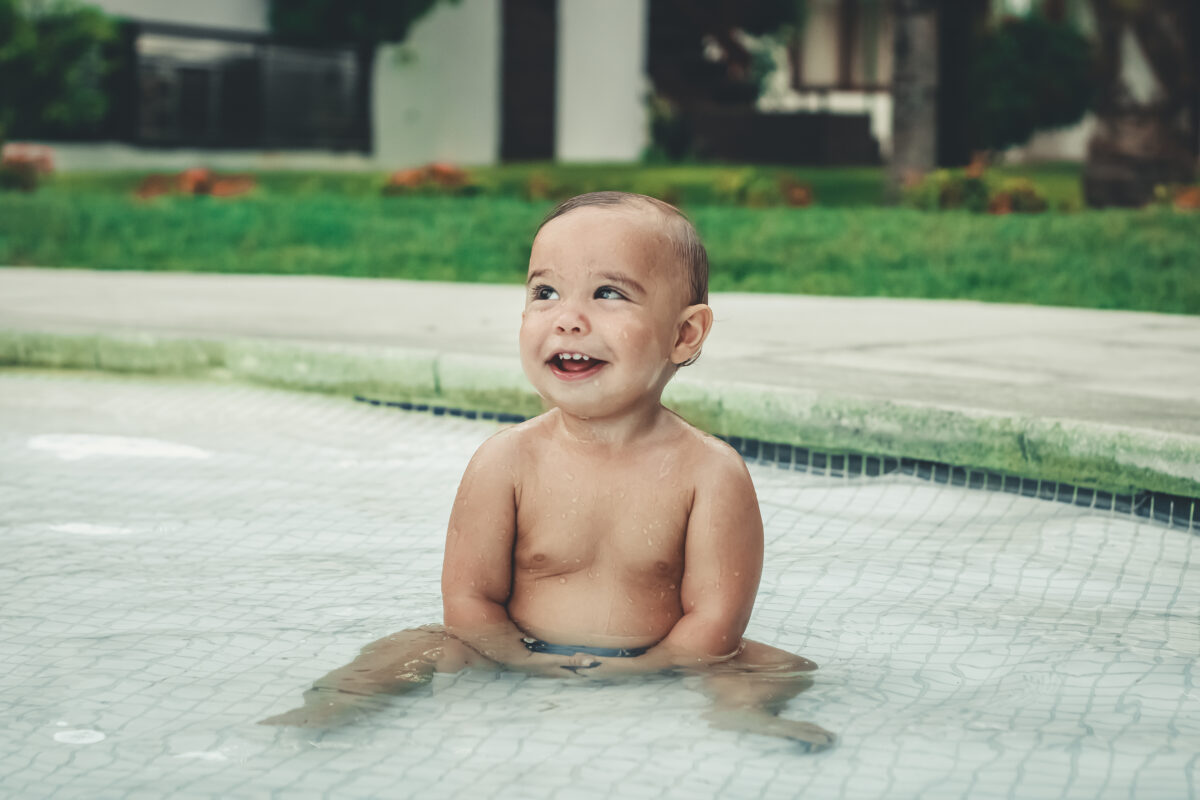 Putting it in perspective:
Putting it in perspective:
You’re 4 years old. You and your siblings are playing hide and seek, and you’re struggling to find a place to hide. You look around everywhere, come across a dresser with an empty drawer, and decide to climb in it. The dresser’s design fails to sustain your weight and topples over you. You’re stuck and you think you may have hurt your leg.
This is just one real-life scenario exemplifying the dangers that poorly designed furniture and other products may pose to children.
The Consumer Product Safety Commission (CPSC), the government agency designed to reduce risk of injuries and deaths from consumer products, has outlined strict safety standards with various measurement tools and testing protocols to meet when manufacturing and distributing certain children’s products. They have yet to actually mandate standards for other products, like dressers and other furniture. This has contributed to an increase in hazardous products as some products don’t meet any standard, and others may only meet weaker voluntary standards. In turn, thousands of children have sustained injuries and children have lost their lives as a result of poorly designed products.
Design safety goes beyond standards and looks for potential hazards based on how consumers interact with a product as well as the development and ability of the users. To improve safety, KID has taken great strides to raise awareness about how poorly designed products may pose dangers to children. One example is the Stop Tip-overs of Unstable, Risky Dressers on Youth Act – or the STURDY Act – which pushes for the CPSC to mandate testing protocols for all free-standing clothing storage units being manufactured. This will help dramatically decrease the current risks that products pose.
To reach tomorrow’s designers today, KID’s Teach Early Safety Testing (TEST) Program partners with engineering programs to educate aspiring engineers about design safety. The goal of TEST is to create fun, engaging projects and curriculum for college students to educate them about topics surrounding safety standards, testing, and designing safety into a product. KID works with students at Northwestern University, Harvey Mudd College, and the University of Michigan and hopes to expand further.
In fact, by working with engineering students at Northwestern University’s Segal Institute for Design for over a decade, KID has helped produce safer and highly innovative alternatives to hazardous products. For example, KID worked with student teams to design tip-resistant children’s room furniture in an entertaining, competition-like environment. Innovations included a dresser designed with a wider base, a dresser with an added bench and toy cubbies in the front, and a wardrobe-like dresser with rotating round shelves – all of which redirect the center of gravity and decrease the chance that the dresser will tip to almost zero. Their ingenuity to successfully addressing this issue was profiled in this article (“No, Dressers Don’t Need To Be Anchored To A Wall,” Fast Company, July 2016)

KID also partnered with University of Michigan’s College of Engineering students on a project to design a tip-proof clothing storage unit that can withstand the weight of a child weighing 75 pounds including drawers that can resist up to 56 pounds of pulling motion, which is brilliant because children can only pull about 26 pounds.
Click the video below to watch a presentation of this prototype:

Now, KID is turning its attention to providing this information to entrepreneurs and others looking to enter the children’s products market. A KID advisory committee is working on a Design Safety Toolkit to provide information, guidelines and even some specific tools to those interested in improving the safety of their products. This toolkit will include resources and curriculum regarding products spreading across a variety of categories to include Sleep, At Home, Out and About, and Play – similar to the structure of our website. This summer, two KID interns worked together compiling a list of various gauges, tests, and probes that may be used during the process of testing safety standards for products. These range from furniture and cribs to strollers and toys and will be important tools for product designers to utilize throughout the designing process.
While KID hopes to expand to more university programs in the future, more importantly, we hope to encourage greater focus on end-user design safety and apply these practices in real-world product design. With standards continually changing, KID will always be on the frontline of the fight for children’s product safety, ready to tackle the next set of concerns that may arise.


